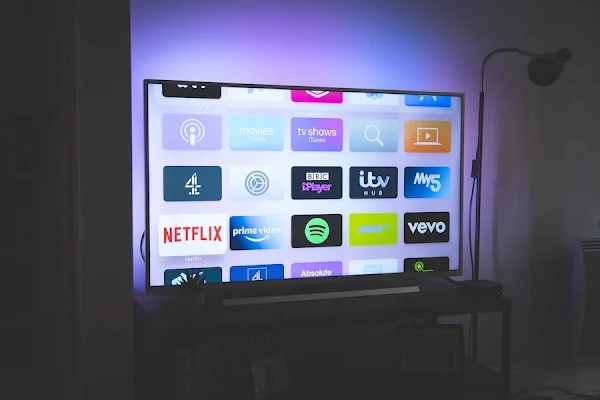Ad-Supported Streaming TV vs. Subscription TV: Which is the Future of Streaming?
The Pros and Cons of Ad-Supported Streaming TV
In just a few short years, streaming TV has become a major player in the entertainment industry. With more and more people cutting the cable cord and turning to streaming services for their TV needs, the question of which business model will dominate the streaming space has become more important than ever. In this post, we'll take a closer look at the debate over ad-supported streaming TV vs. subscription-based models, and discuss which one is likely to emerge as the future of streaming.
Ad-Supported TV Streaming
Ad-supported streaming TV is attractive because it offers viewers access to free content. This makes it a great option for those who want to cut costs and can be especially appealing to younger audiences. However, this model has its downsides. One of the biggest is that viewers must put up with commercials, and often can't skip them. Many consumers find advertising to be annoying and intrusive, and some go as far as to say it ruins the experience.
Pros of Ad-Supported Streaming TV
- 1. Free or Lower Cost: Ad-supported streaming TV often provides free or lower-cost access, making it an affordable option for many viewers.
- 2. No Long-Term Commitments: Unlike subscription-based models, ad-supported streaming services typically do not require a long-term commitment or contract.
- 3. Wide Range of Content: Ad-supported streaming TV often provides a wide range of content, including TV shows, movies, and even live TV, making it a one-stop shop for entertainment.
- 4. Exposure to New Products: Ad-supported TV also provides increased exposure to new products and brands through targeted advertisements.
- 5. Customized Ad Experience: With advanced algorithms, ad-supported TV is able to offer a customized ad experience, showing viewers ads that are more relevant to their interests.
Cons of Ad-Supported Streaming TV
- 1. Interruptions: Ad-supported streaming TV can be interrupted. Sometimes many advertisements, can break up the viewing experience and potentially frustrate viewers.
- 2. Limited Availability: Some shows or movies may only be available on subscription-based services, limiting the range of content available on ad-supported platforms.
- 3. Privacy Concerns: Ad-supported streaming TV may collect user data for targeted advertising, which may raise privacy concerns for some viewers.
Subscription-Based TV Streaming
Subscription-based streaming television offer several advantages over ad-supported streaming TV. One of the biggest is that they are ad-free. This means that viewers can enjoy their favorite shows without interruption, which is a big selling point for many users. Additionally, subscription-based models often offer better streaming quality and more robust content options. However, they are also more expensive. This can be a drawback, especially for customers who are looking to save money.
The Future of Streaming: Which Model Will Win Out?
It's hard to say for certain which business model will emerge as the future of streaming. Both ad-supported and subscription-based models have their advantages and disadvantages, and the answer may vary depending on the specific streaming service in question. However, recent trends suggest that subscription-based models are gaining ground. The success of Netflix and Disney+ shows that customers are willing to pay for high-quality content, and are increasingly turning away from ad-supported models.
Conclusion:
So, which is the future of streaming? Ultimately, it's up to consumers to decide. While some may prefer the affordability of ad-supported streaming TV, many viewers are willing to pay a premium for a high-quality, ad-free experience. One thing is clear, however - in the crowded and competitive streaming space, providers will need to find ways to offer the best possible experience to retain customers and stay ahead of the game.
ADDITIONAL REFERENCES:
- Increasingly, video streaming doesn’t mean ad-free. US consumers are turning to ad-supported streaming services to stretch their entertainment dollars
- Why Ad-Supported Streaming Media is Here to Stay
- Mirroring and Casting Online Content Directly to Roku from a Web Browser
For the latest in TvStreaming and Cord-Cutting News
Join US @ Chitchat
And you will be notified whenever we post a new article
Join US @ Chitchat
And you will be notified whenever we post a new article
Thanks for Making us Your TV Streaming Destination
Roku Channels • Index • Contact • Disclosure • Privacy
© 2025 mkvXstream.com
Use of third-party trademarks on this site is not intended to imply endorsement nor affiliation with respective trademark owners.
We are Not Affiliated with or Endorsed by Roku®, Apple, Google or Other Companies we may write about.

© 2025 mkvXstream.com
Use of third-party trademarks on this site is not intended to imply endorsement nor affiliation with respective trademark owners.
We are Not Affiliated with or Endorsed by Roku®, Apple, Google or Other Companies we may write about.



